Archaeologists Discover Underground ‘Anomaly’ Beneath Egypt’s Giza Pyramids
It isn’t usual for research teams to find underground tunnels underneath pyramids, but that is exactly what a research team in Giza has found at an ancient Egyptian burial site near the Giza pyramid complex.
While this discovery is an anomaly, it is an important one. The survey has enabled the archaeologists to discover some important archaeological remains that give a deeper understanding of the history there.
The Giza Pyramids Have Strange Secrets
Archaeologists have been trying to uncover centuries of strange secrets buried underneath the Giza Pyramids for years.
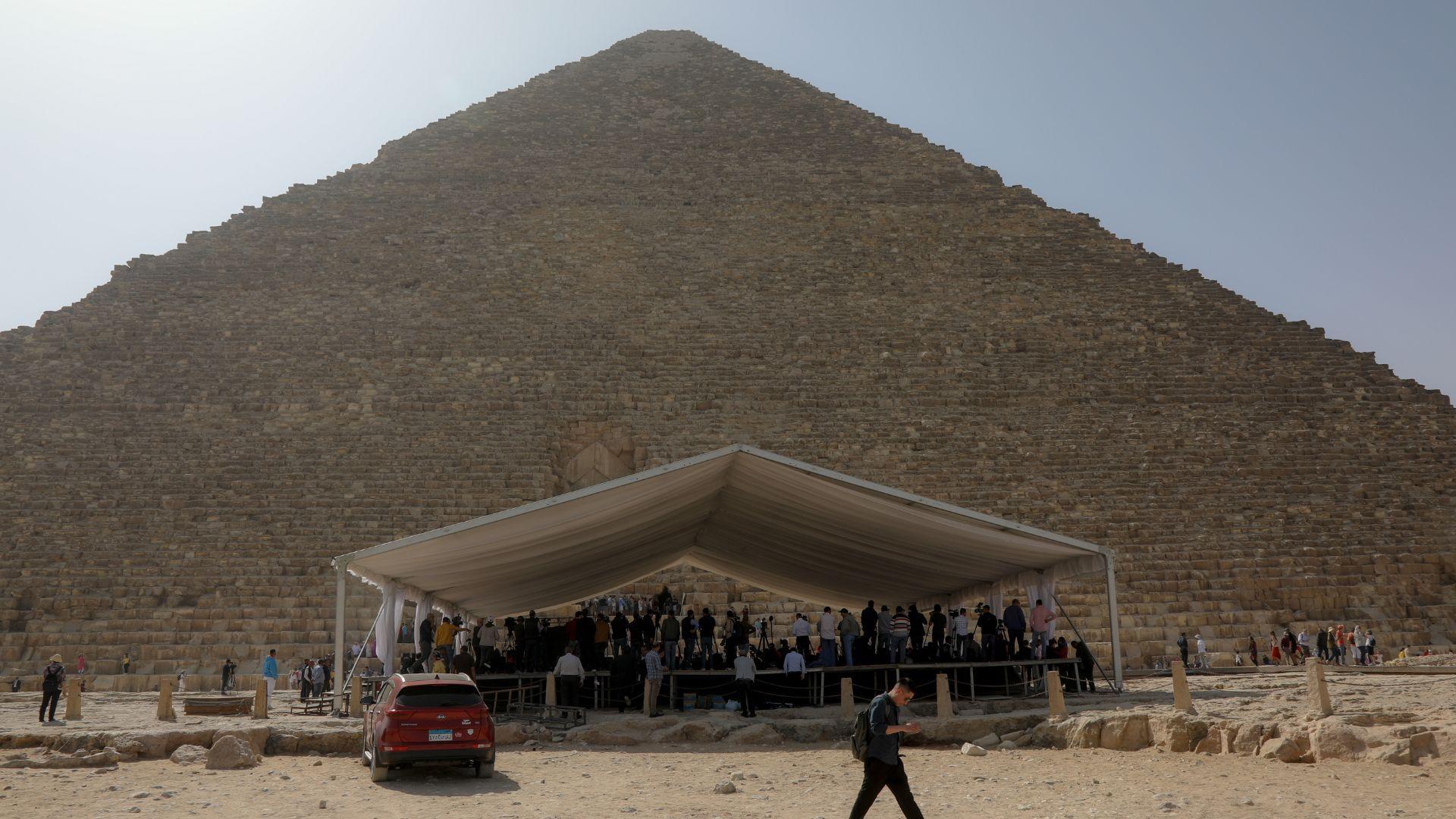
Source: Fadel Dawod/Getty Images
The secrets archaeologists have been able to unearth include the methods of construction used, information about the burial place for ancient Egyptian kings and queens, and the use of limestone. They have also been able to learn things from the artwork on the walls inside the pyramids.
The Western Cemetery Is an Important Burial Place
For this particular excavation, the archaeological team decided to look at the western cemetery which is next to the Giza pyramids.
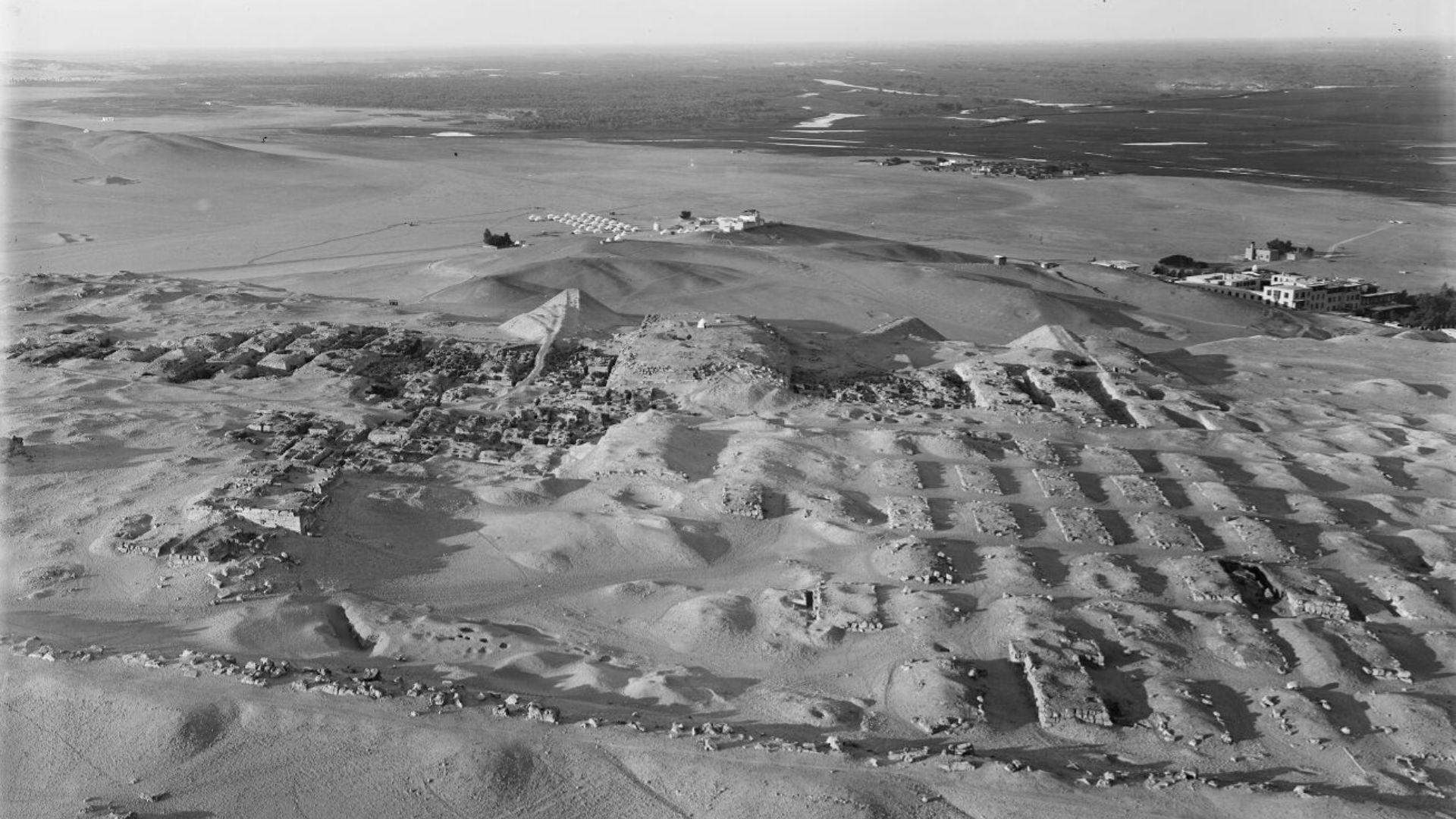
Source: @Giza_At_Harvard/X
The team chose this area, as it is important in ancient Egyptian history. Many of ancient Egypt’s royalty and high-class officers were buried there, meaning that the excavation was always likely to show something exciting and potentially some new information about ancient Egyptian life.
Mastabas Are Dedicated to the Pharoah’s Family
Mastabas were also found in this area. Many of these had been excavated in previous years; however, the ones in the western cemetery hadn’t.
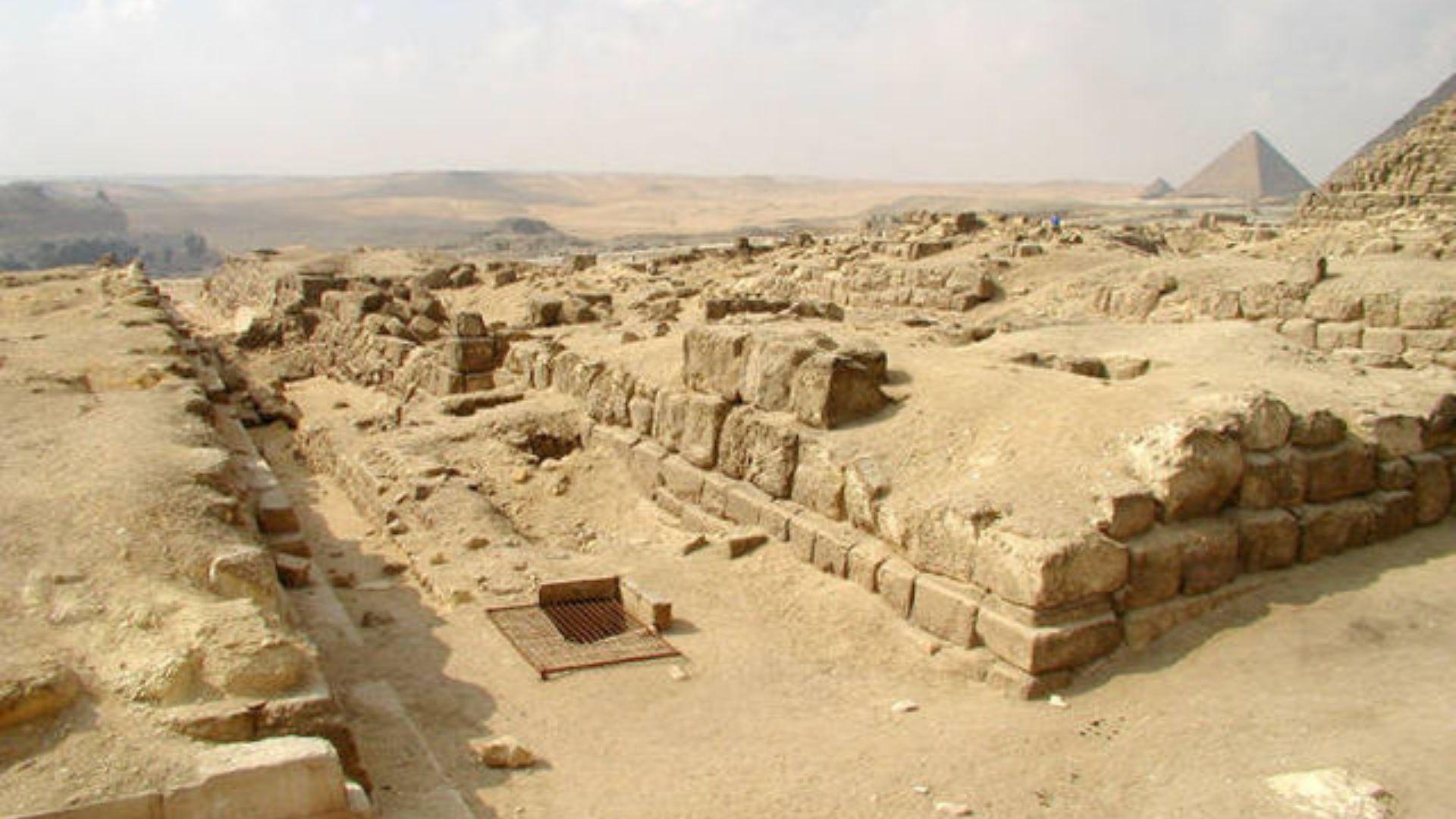
Source: Jon Bodsworth/Wikimedia Commons
The mastaba is a tomb that has a flat roof and rectangular structure on the ground surface. It is made out of either limestone or mud bricks, and they have vertical shafts that are connected to underground chambers.
Archaeologists Used Geophysical Techniques
When they realized that something could be underneath the area surrounding the Giza pyramids, the archaeologists involved in the study began using geophysical techniques to uncover it.

Source: The Official CTBTO Photostream/Wikimedia Commons
This included using ground-penetrating radar (GPR) and electrical resistivity tomography (ERT) to help the archaeologists detect any possible structures underneath the ground’s surface. This gives them a more accurate idea of what is there and where they are before excavating.
Two Underground Structures Were Connected
When the archaeologists began the excavation process, they discovered two structures, one shallow and one deep, connected to one another, which they believe to be an anomaly.
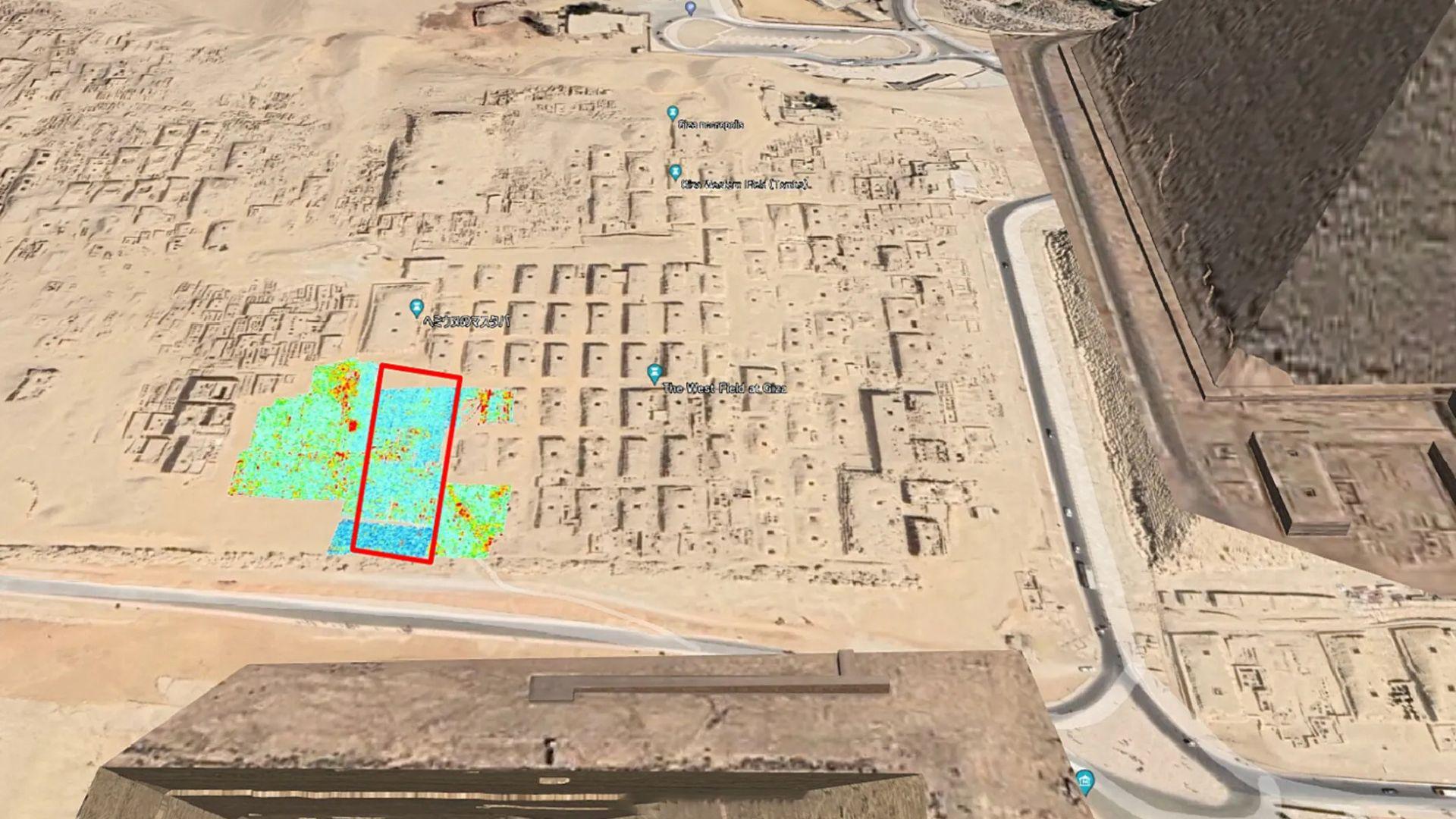
Source: @toursportal/X
The archaeologists believe that the shallow structure was previously used to enter the deeper structure. The deeper structure was highly electrically resistive and was 10 meters deep. The shallow structure was roughly two meters deep.
The Structures Were Filled With Sand
One thing the archaeologists did notice was that the structures had been filled with sand. This means that after the structures had been constructed, someone had gone back and filled them up with sand.
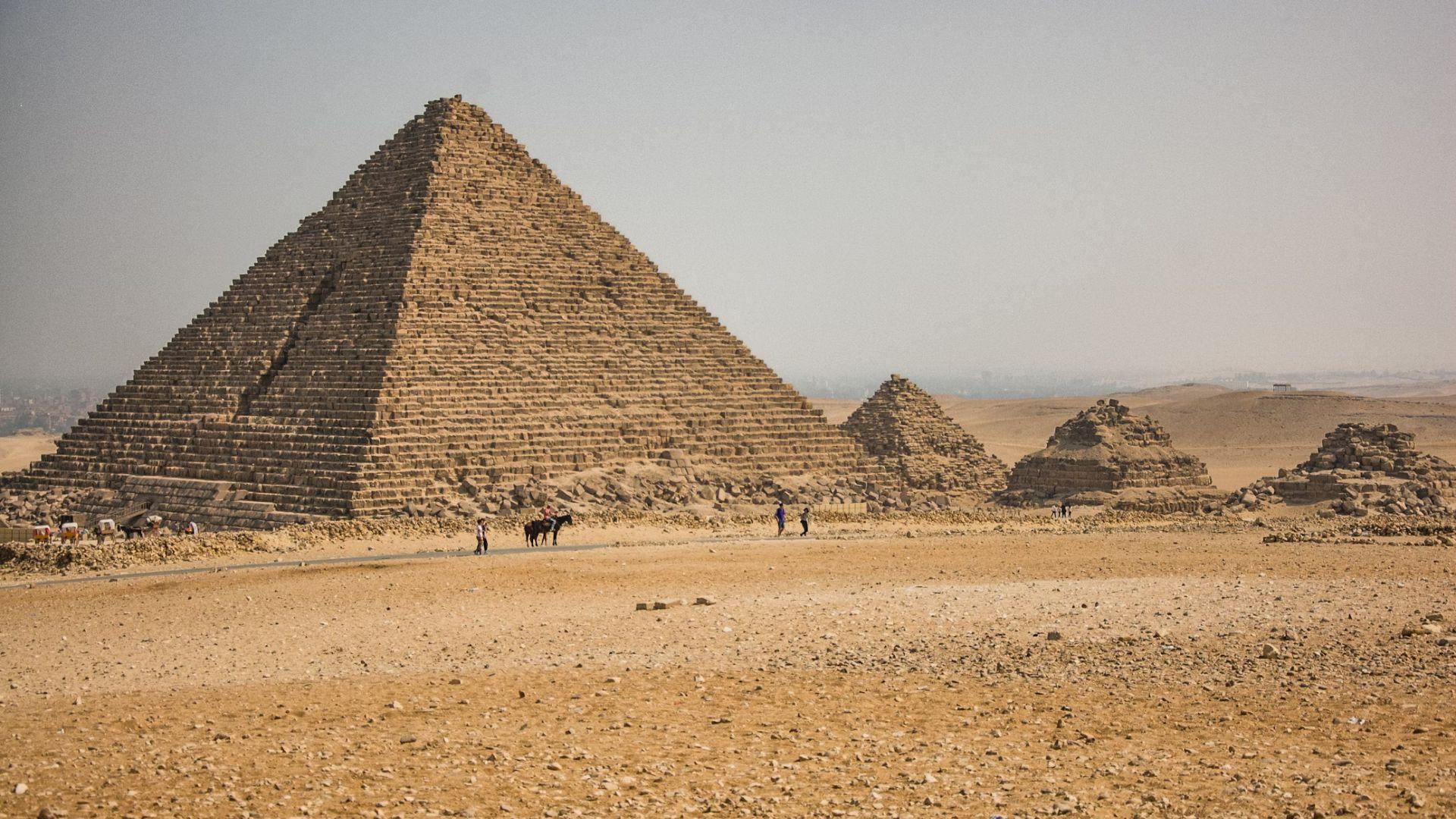
Source: Joshua Michaels/Unsplash
As there was highly electrically resistive material in the deeper structure, this could be a mixture of sand and gravel, including sparse spacing or air voids. However, neither the GPR nor ERT were able to identify exactly what this was.
Excavations at the Giza Pyramids Are Happening
The archaeological team decided to use the GPR and ERT scanning methods first to see what might be there so as not to excavate an ancient burial site when they were unsure if there was anything of importance there.
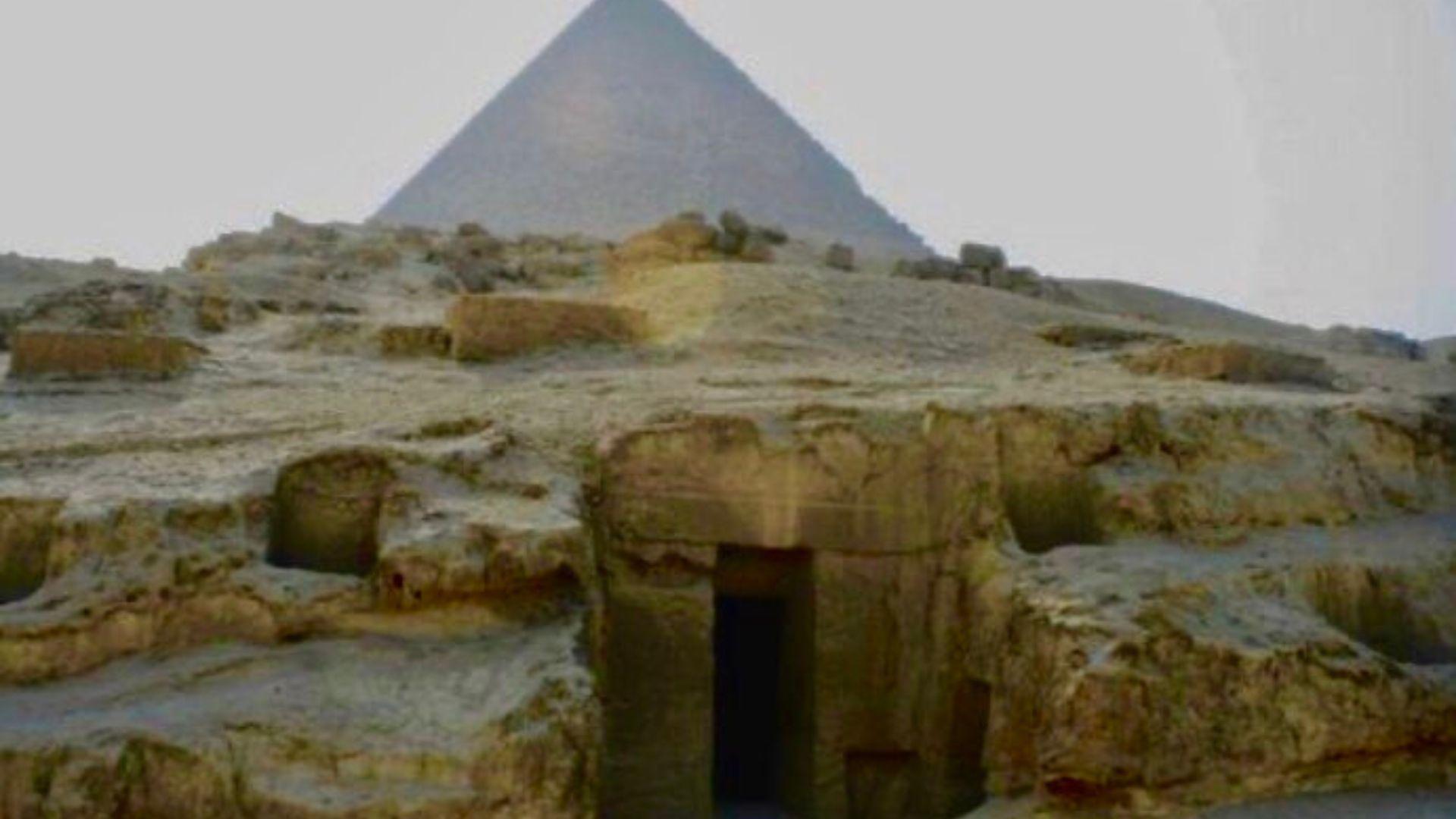
Source: @AncientEpoch/X
However, now they know that there is something underneath the ground that could be of archaeological importance, they have decided to excavate the area, which is currently ongoing. This is so the team can establish the purpose of the underground structures.
Structures Are Not a Natural Phenomenon
These excavations are particularly important as the archaeologists can tell that the structures are not natural phenomena as the shape of the structures is too sharp to have formed naturally.
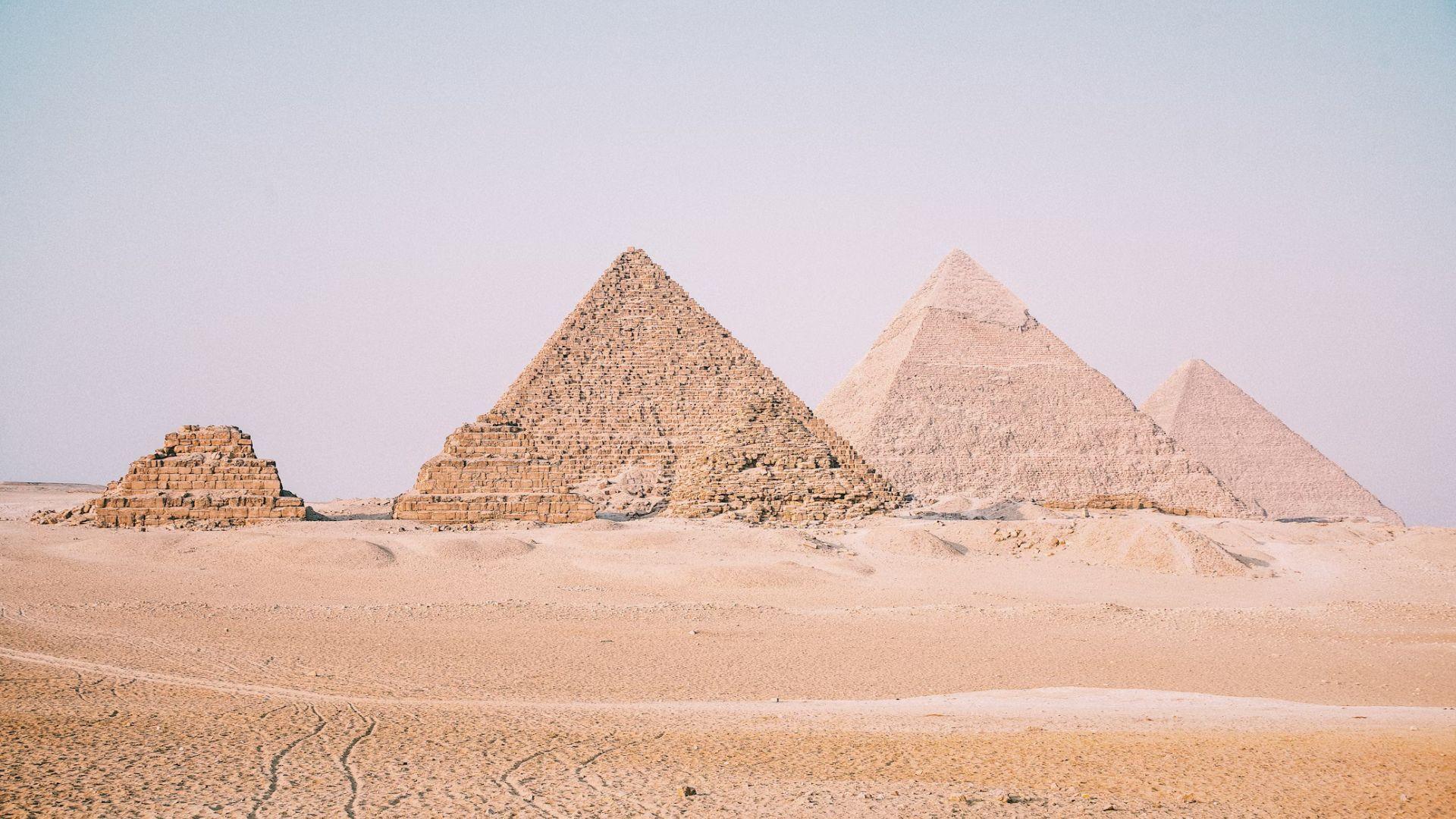
Source: Leonardo Ramos/Unsplash
The archaeologists are hoping that if they excavate the area they will find out more information about how it was built, who is buried there, and any other information they can gather about life here during the ancient Egyptian period.
A Surprising Discovery Under the Giza Pyramid
These scans of the area took place between 2021 and 2023. Around the same time, in March 2023, archaeologists uncovered a hidden corridor underneath the Giza pyramid.
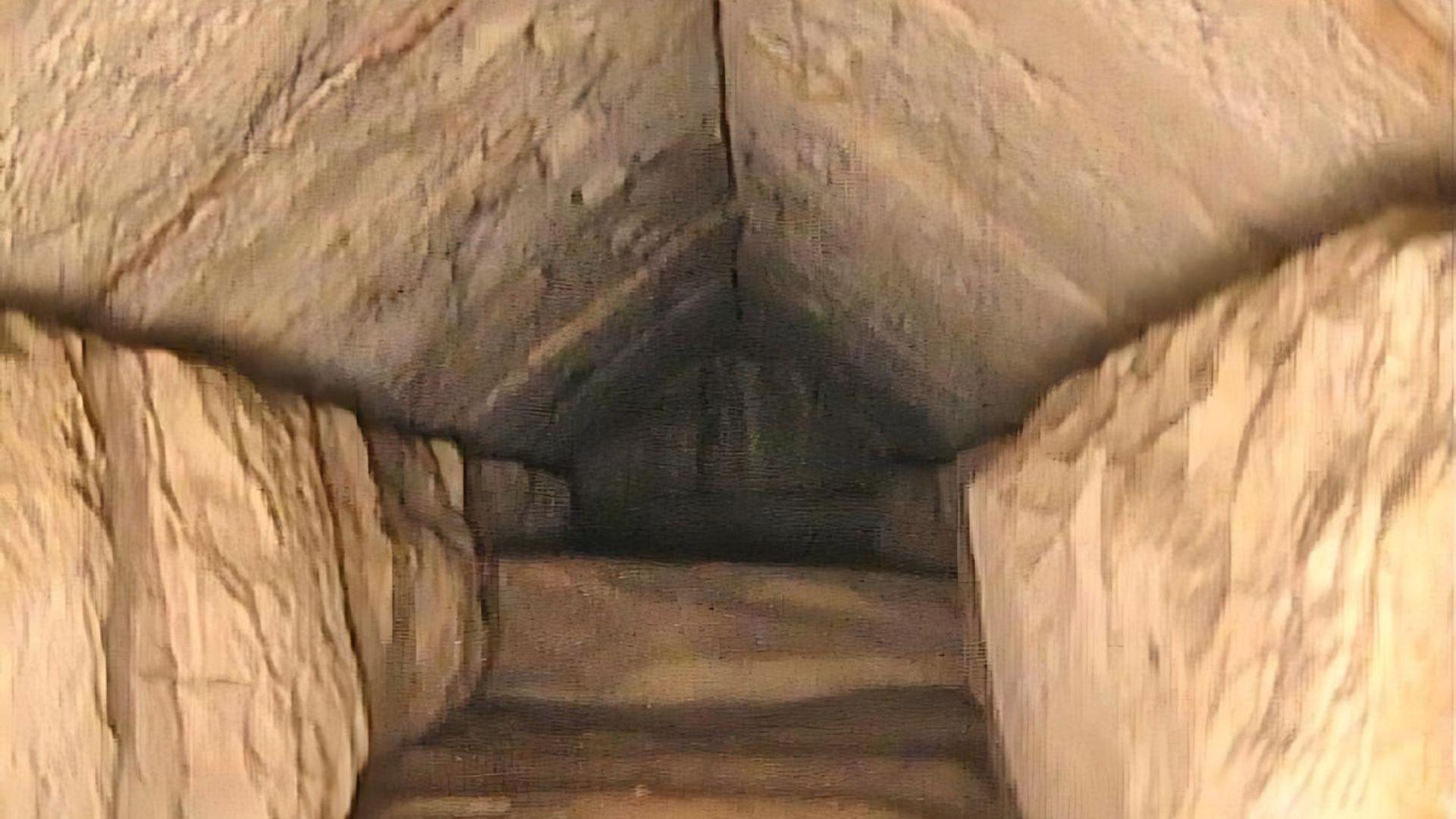
Source: @Rainmaker1973/X
To discover this, they used an endoscopic camera and a technique known as cosmic-ray muon radiography and found the corridor was 30 feet long and 7 feet wide. It is also believed there could be other corridors within the pyramids that are yet to be uncovered.
The Giza Pyramid Anomalies Are Unknown
While the results of the excavations are still unknown, it is hard for archaeologists to know what these anomalies discovered within the structures are. Currently, all anyone can do is put in a few rough guesses until more information has been uncovered.
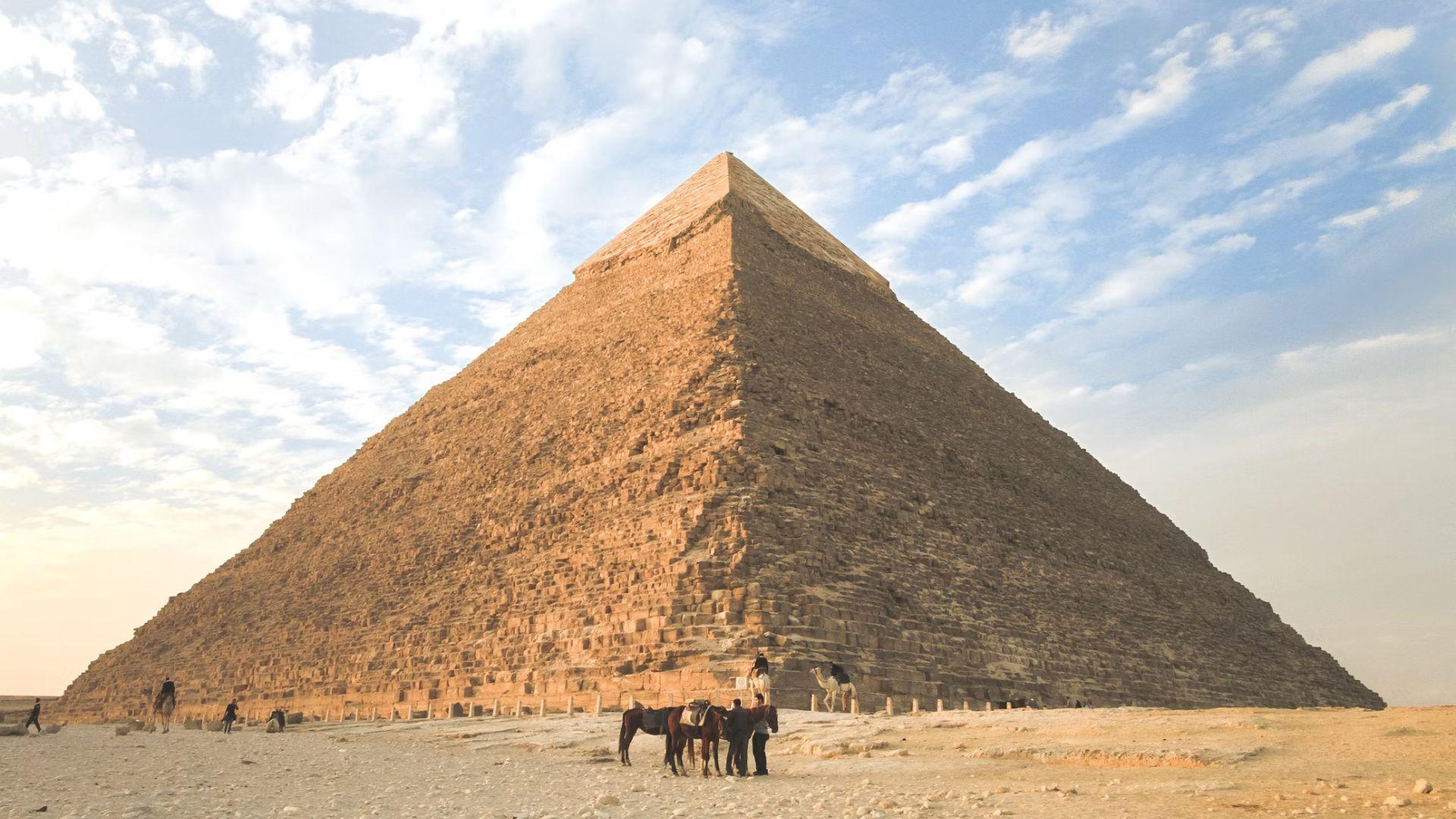
Source: Jeremy Bishop/Unsplash
Along with guessing that it could be a mixture of sand and gravel or an air void, some researchers have also guessed it could be vertical walls made of limestone or shafts leading to a tomb structure.
Lack of Superstructures
Despite being surrounded by important structures, this area has never been investigated or excavated before because there are no superstructures in that specific area. These are structures above the ground.
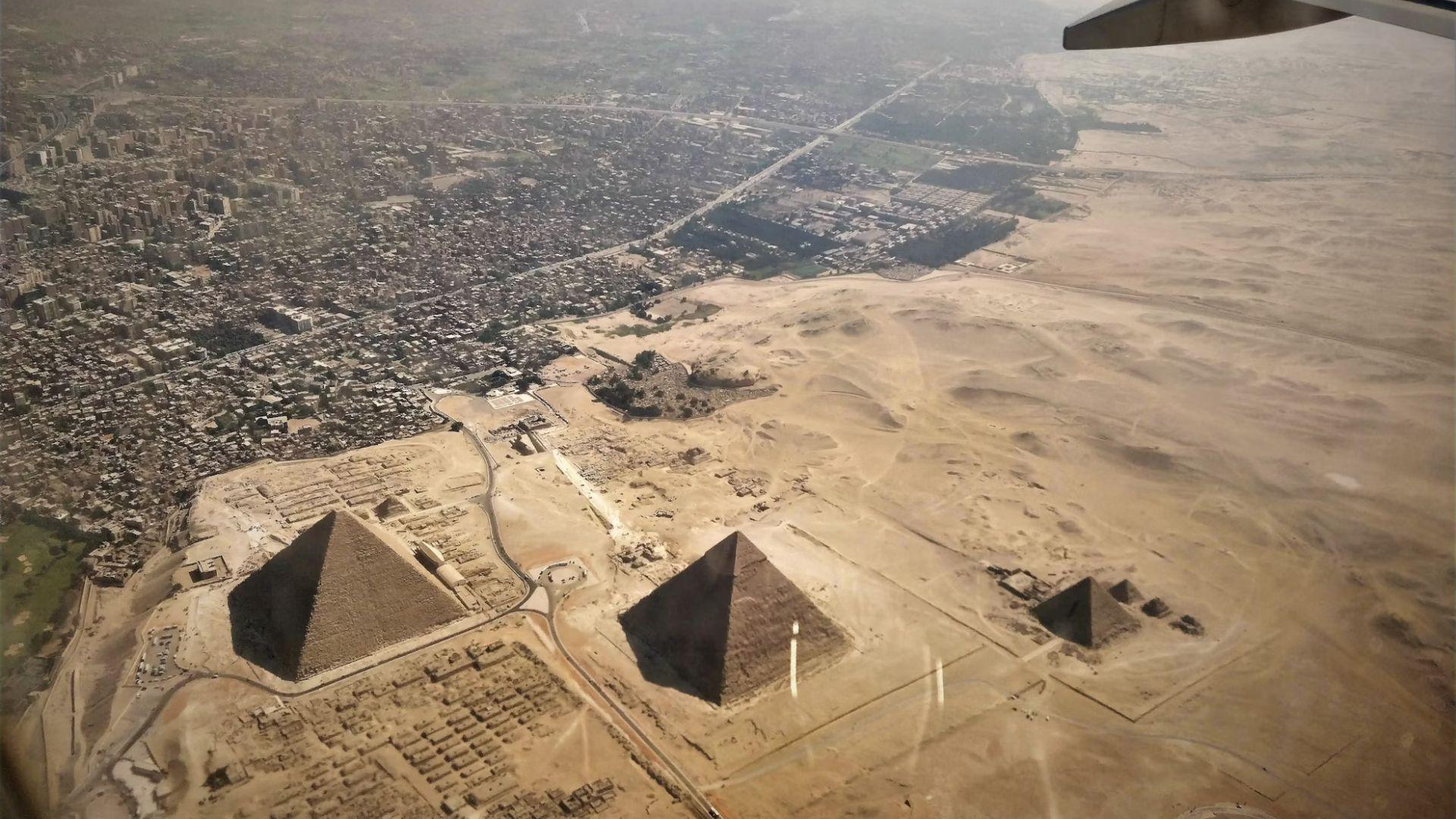
Source: Dario Morandotti/Unsplash
However, as the archaeologists have uncovered something more spectacular and interesting than they ever could have thought, they are now waiting with bated breath to see what these excavations will uncover. Will they see once and for all what these anomalies really are?
Technological Advancements in Archaeology
Modern technology is revolutionizing archaeology, with tools like ground-penetrating radar (GPR) and electrical resistivity tomography (ERT) leading the way. These advanced techniques allow archaeologists to detect underground structures with unprecedented accuracy.
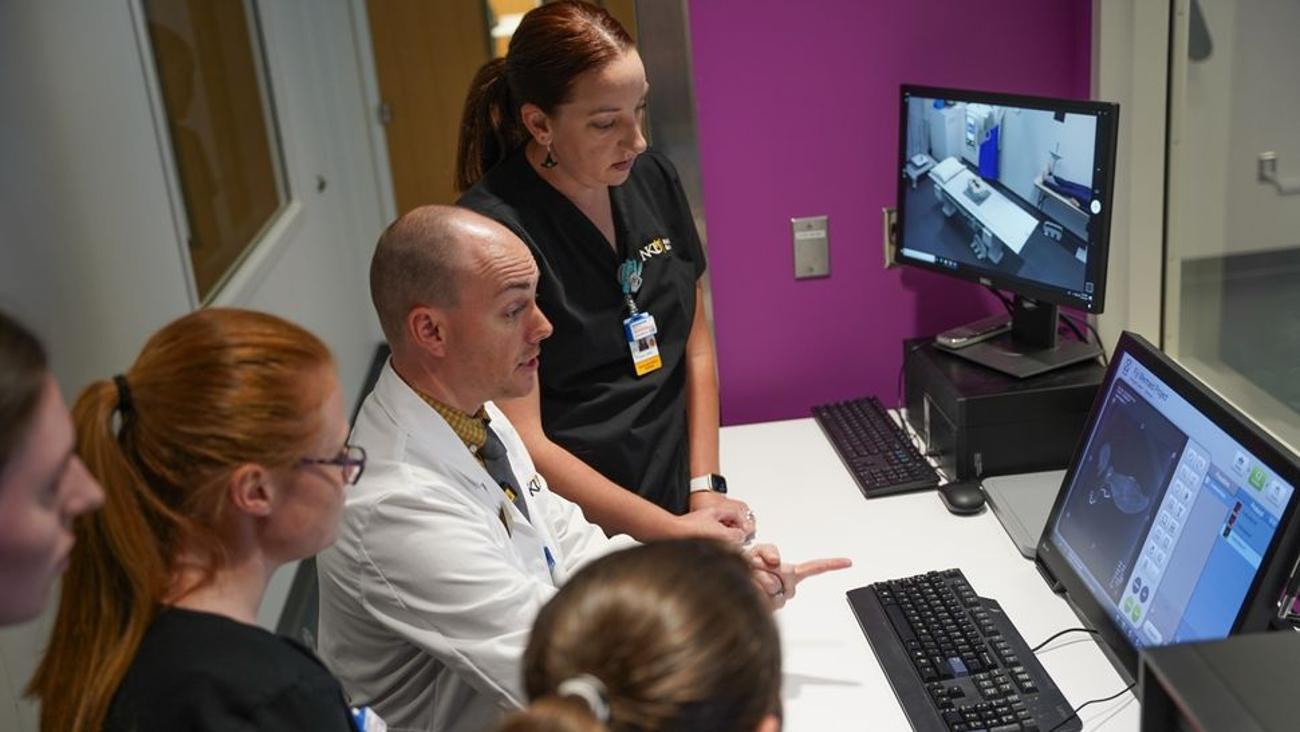
Source: Fiji Mermaid Project/Joseph Cress
The precision and non-invasiveness of these methods reduce the risk of damaging ancient artifacts, paving the way for more discoveries while preserving historical integrity.
Limitations of Current Technologies
While GPR and ERT have transformed archaeological practices, they come with limitations. These techniques can sometimes produce ambiguous results due to varying soil compositions and other environmental factors.
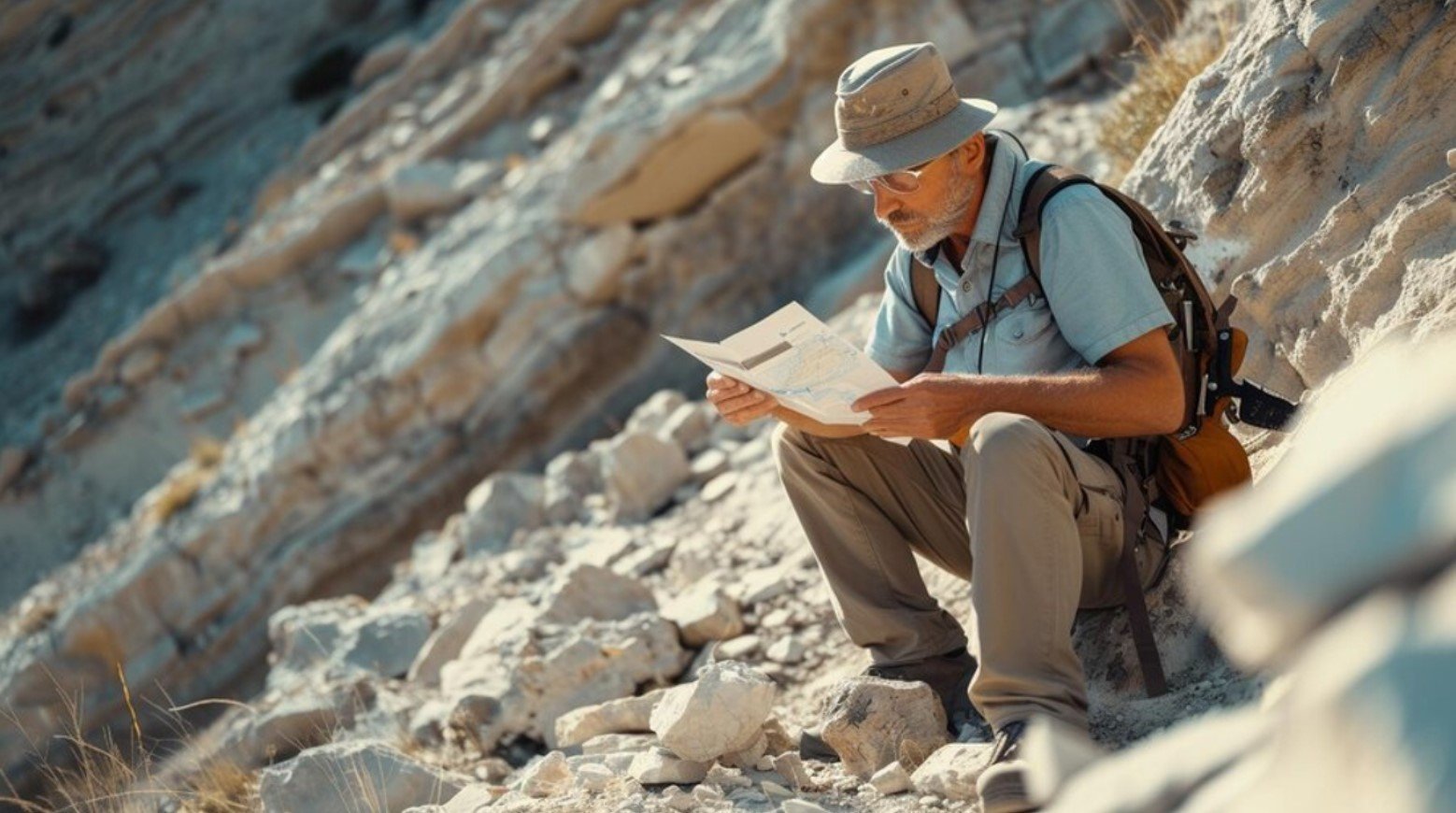
Source: Freepik
Additionally, the high cost and need for specialized expertise can limit their widespread use.
The Role of Environmental Factors in Preservation
Egypt’s dry desert climate plays a crucial role in preserving ancient structures and artifacts. The arid conditions slow down the decomposition process, allowing materials to remain intact for millennia.
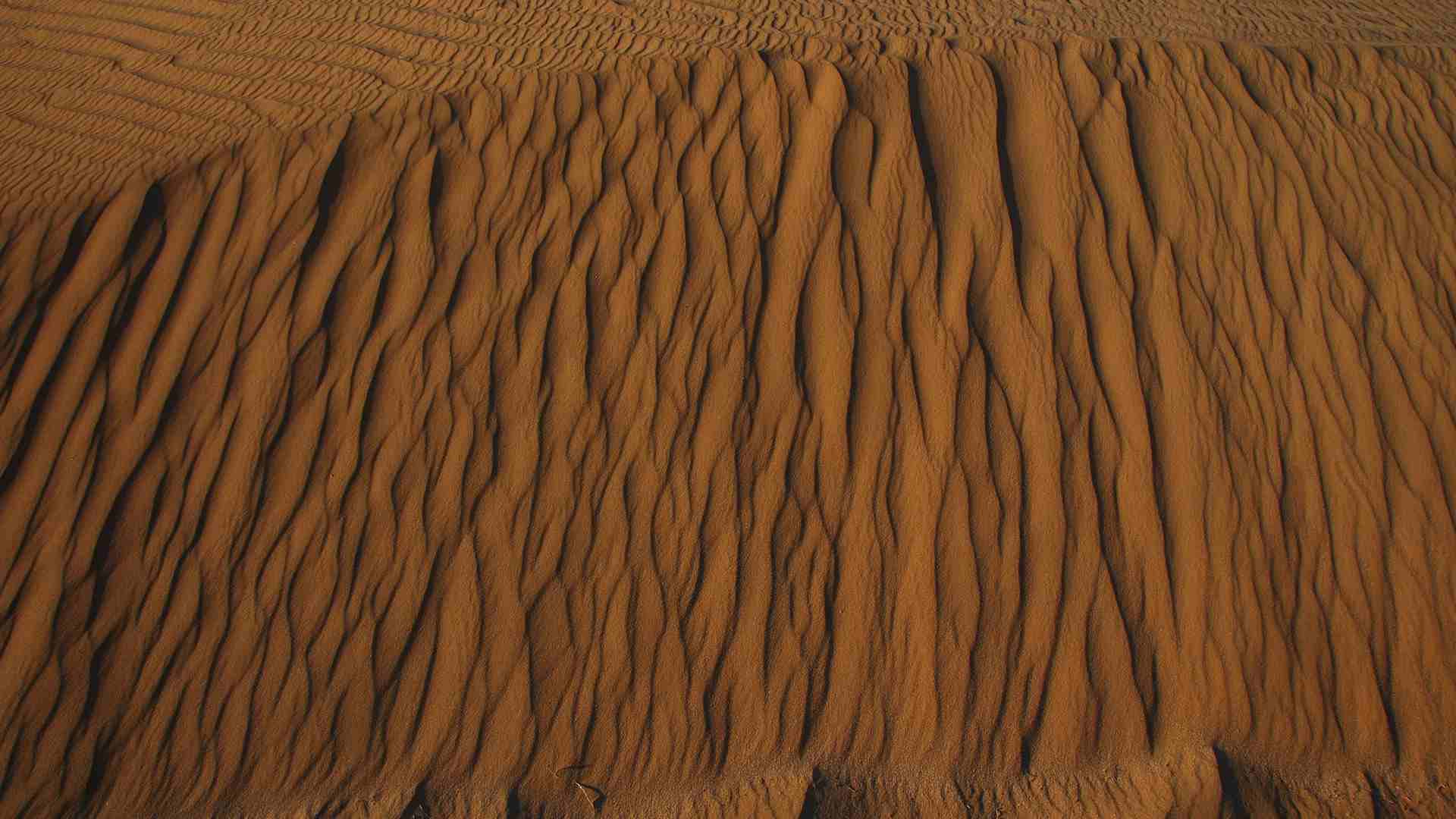
Source: Hezi Yizhaq/Wikimedia
This unique environment not only aids in the preservation but also poses challenges, such as sand accumulation, which archaeologists must carefully navigate during excavations to protect and uncover historical treasures.
Impacts of Climate on Archaeological Methods
The harsh climate of Egypt necessitates specific archaeological methods tailored to protect both the site and the researchers. Extreme temperatures and sandstorms can impede progress, requiring robust planning and adaptation.
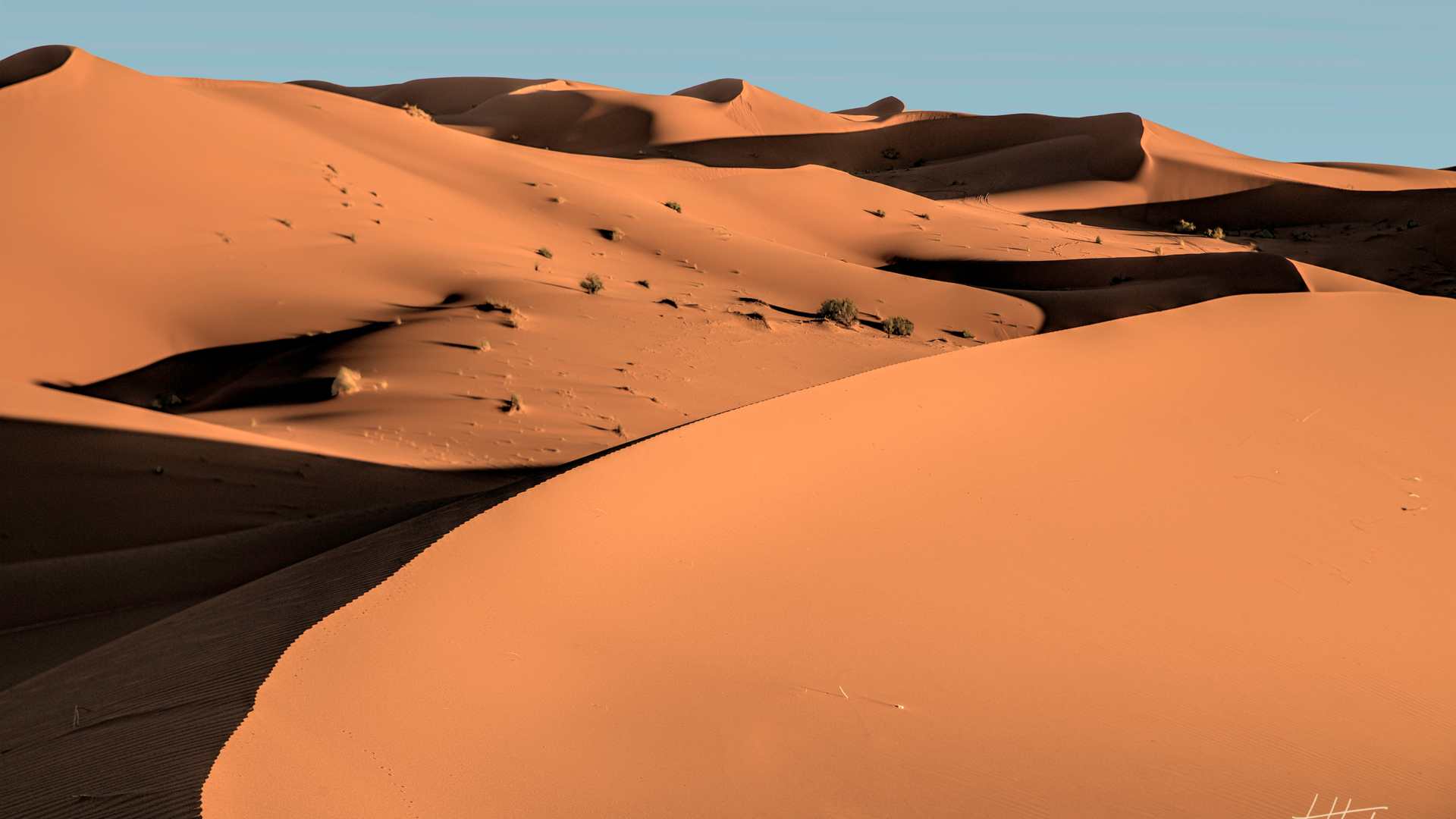
Source: john581/Wikimedia
Protective measures, such as temporary shelters and advanced cooling systems for sensitive equipment, are essential to ensure the safety and success of excavation projects in such environments.
Cultural and Religious Insights from Discoveries
Discoveries at the Giza site offer profound insights into ancient Egyptian culture and religious practices. Artifacts and burial arrangements provide clues about the beliefs and rituals surrounding death and the afterlife.
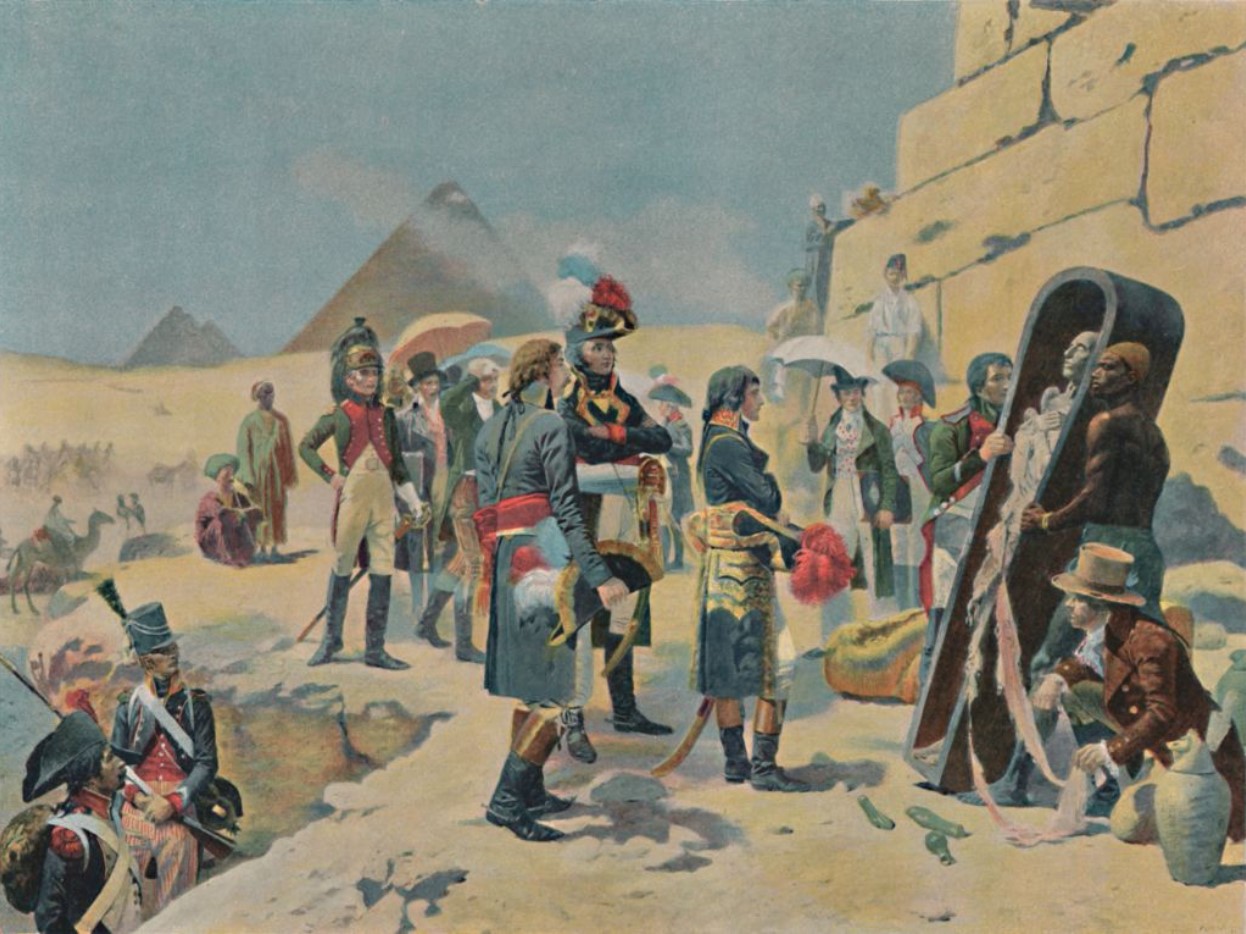
Source: The Print Collector/Getty Images
These findings help historians piece together the complex tapestry of ancient Egyptian spirituality, shedding light on how they viewed life, death, and the journey beyond.
Burial Practices and Societal Hierarchies
The excavation of the Western Cemetery reveals significant details about ancient Egyptian societal hierarchies. The elaborate tombs of royalty and high-ranking officials contrast with simpler graves, illustrating the social stratification of the time.
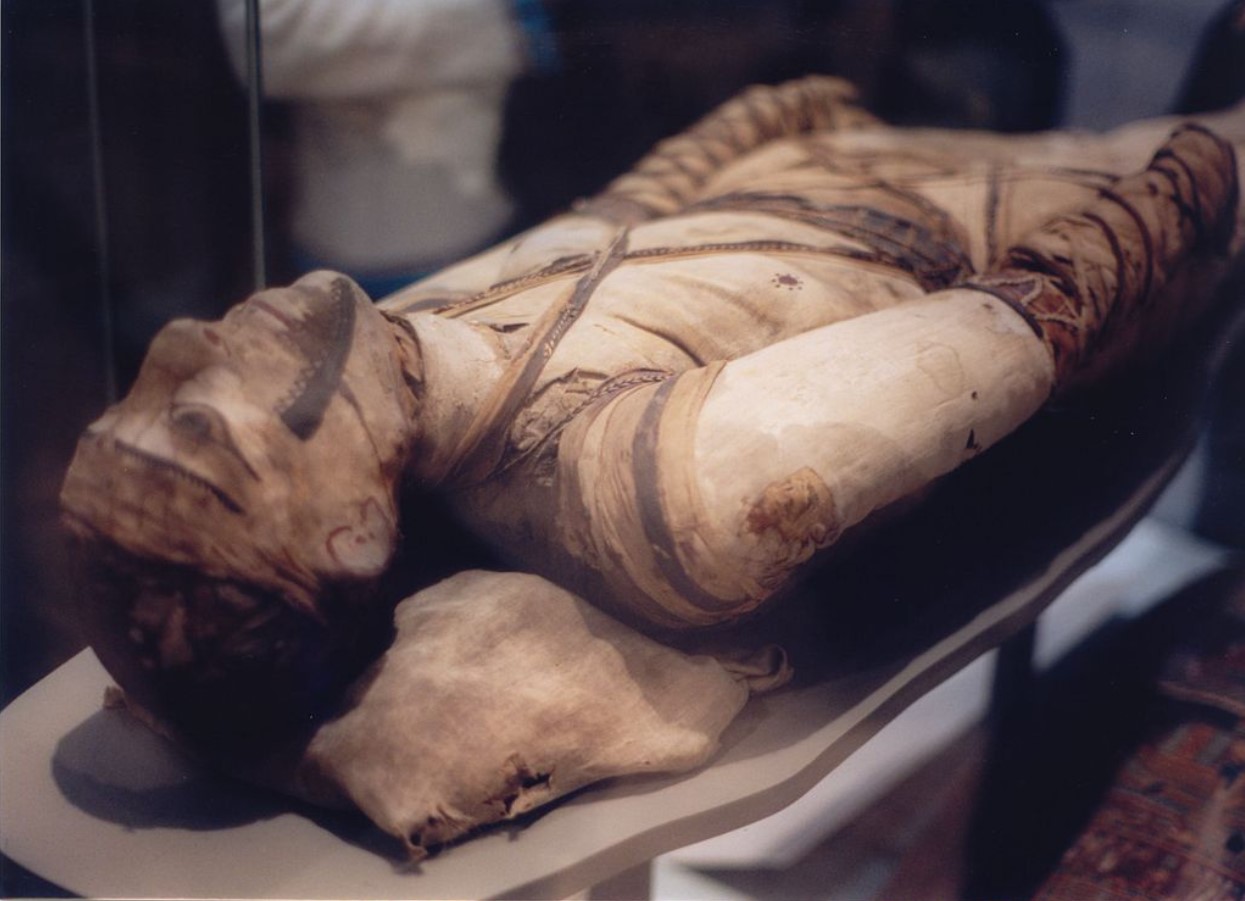
Source: Wikipedia
These burial practices reflect the importance placed on status and the belief in an afterlife where one’s earthly position could influence their eternal fate.
Comparative Analysis with Other Ancient Sites
Comparing the Giza discoveries with other ancient sites, such as Mesopotamia and the Indus Valley, highlights both unique and shared practices.
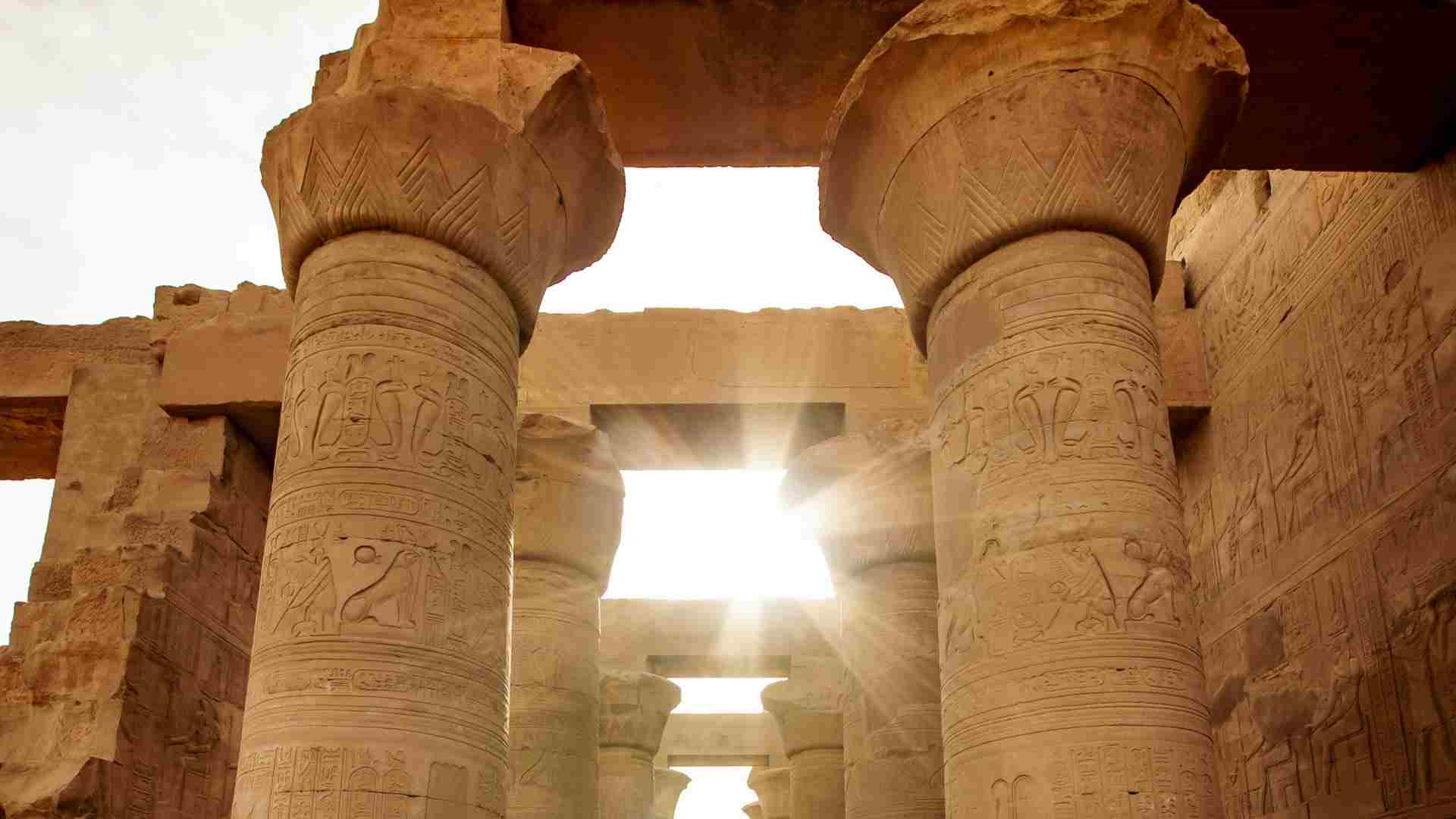
Calin Stan/Unsplash
While each civilization had distinct architectural styles and burial customs, common themes of honoring the dead and monumental construction emerge.
Unique Architectural Styles of Giza
The architectural styles uncovered at Giza, particularly the mastabas and underground chambers, showcase the ingenuity of ancient Egyptian builders. These structures, characterized by their precise geometry and construction techniques, reflect a sophisticated understanding of engineering.
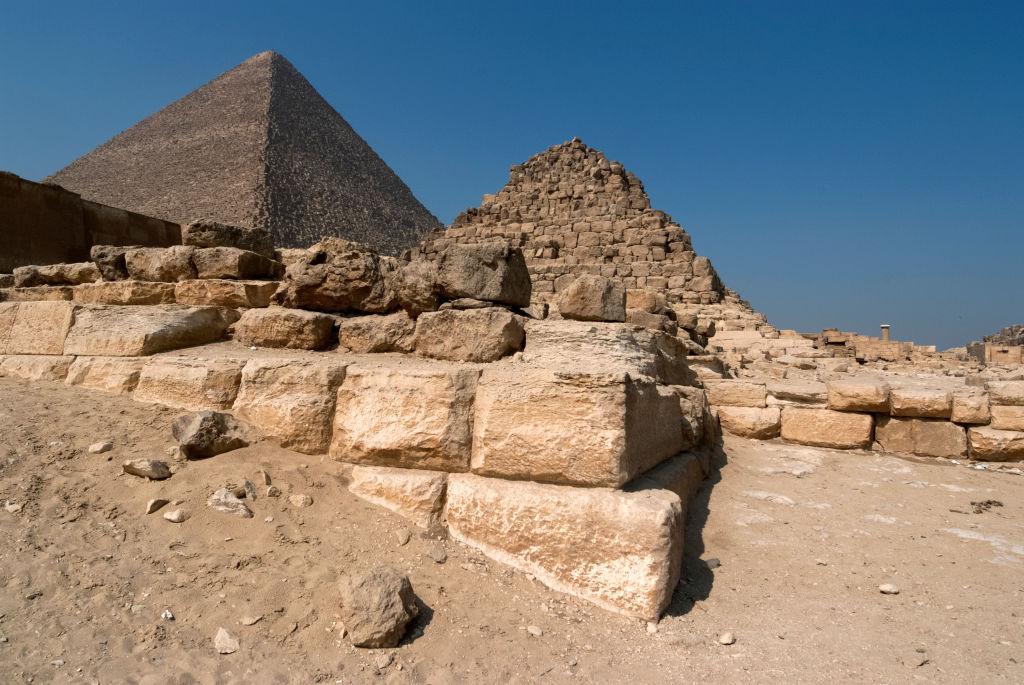
Source: Ethel Davies/Getty Images
The use of local materials, like limestone and mud bricks, also demonstrates the adaptability and resourcefulness of ancient Egyptian society.
Public Engagement and Educational Efforts
Engaging the public through museums, documentaries, and educational programs is necessary for raising awareness about archaeological discoveries. Initiatives such as virtual tours and interactive exhibits make these findings accessible to a global audience.

Source: Jeremy Bishop/Unsplash
By fostering a deeper appreciation for ancient history, these efforts ensure that the significance of these discoveries is recognized and preserved for future generations.
The Impact of Archaeological Finds on Tourism
Archaeological discoveries have a significant impact on tourism, attracting visitors eager to witness ancient history firsthand. These findings boost local economies by increasing tourism revenue and creating job opportunities.
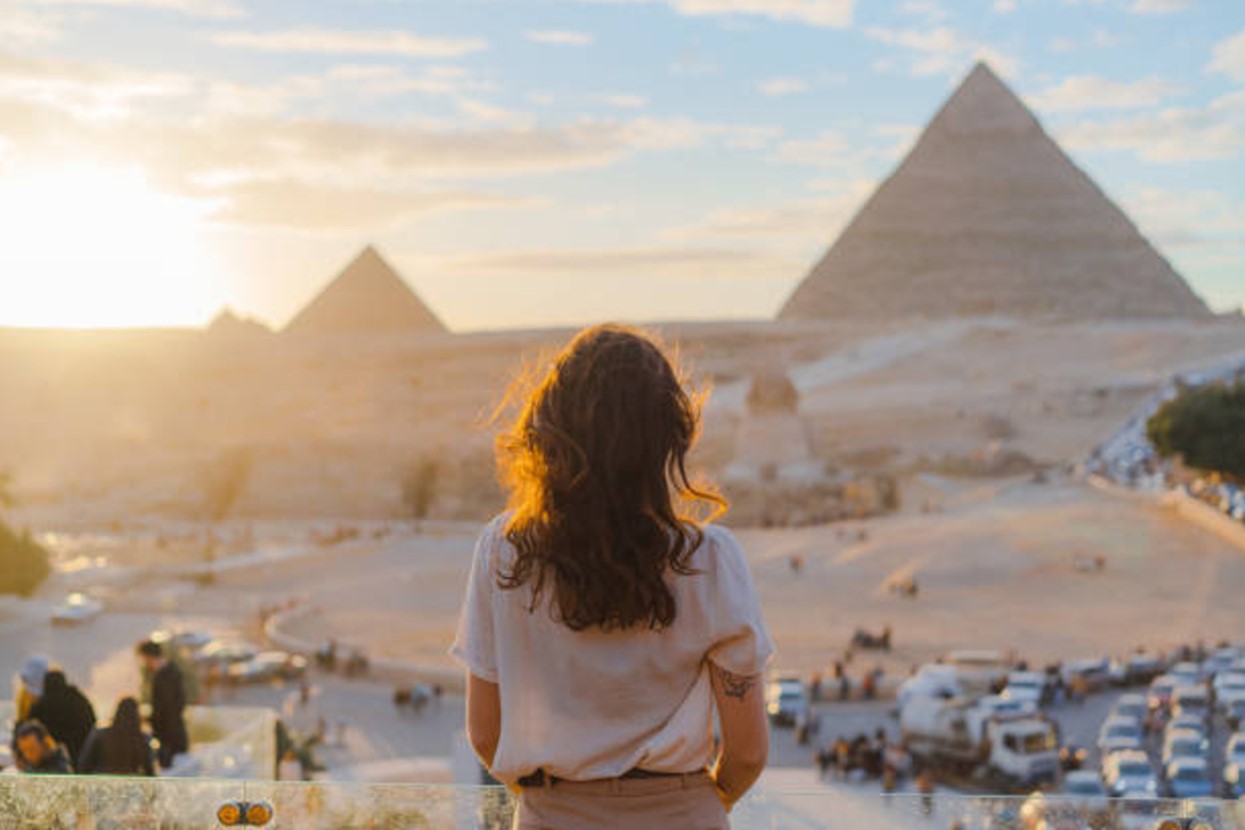
Source: iStock
Additionally, the global interest generated by these discoveries can lead to potential further investments in preservation and research.
Challenges in Archaeological Excavation
Excavating ancient sites like Giza presents numerous challenges, including fragile structures, unpredictable weather, and limited funding. Archaeologists must balance the need to uncover historical artifacts with the imperative to preserve them.
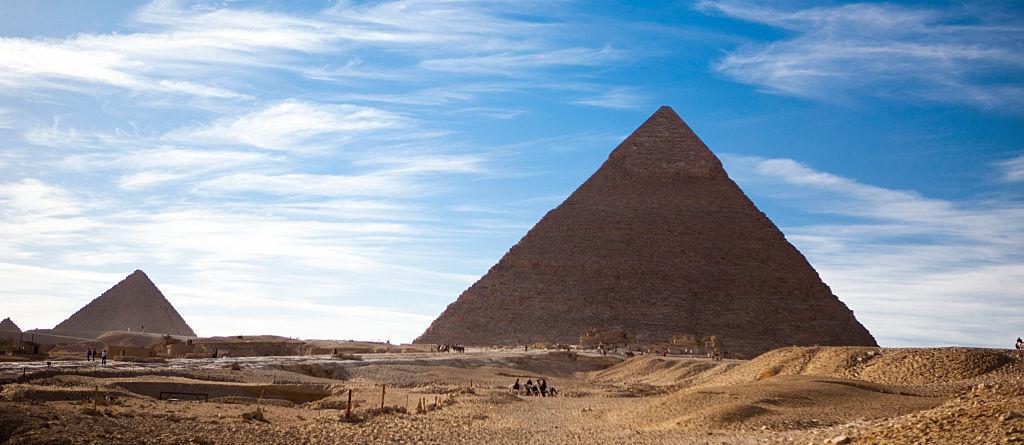
Source: Ramin Talaie/Corbis/Getty Images
Innovative solutions, such as remote sensing and 3D modeling, help mitigate these challenges, ensuring that valuable cultural heritage is not lost during the excavation process.
Future Excavation Plans at Giza
Future excavation plans at Giza aim to uncover more about the underground anomalies recently discovered.

Source: Fadel Dawod/Getty Images
Archaeologists are hopeful that further digs will reveal new information about the construction methods, burial practices, and daily life of ancient Egyptians.
